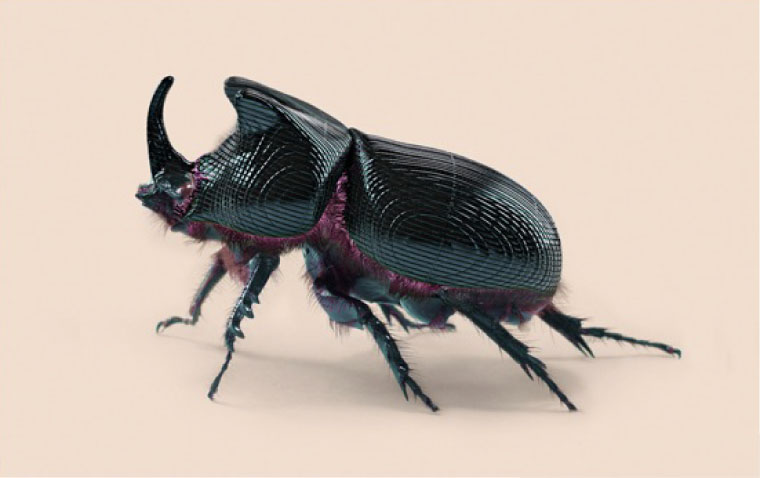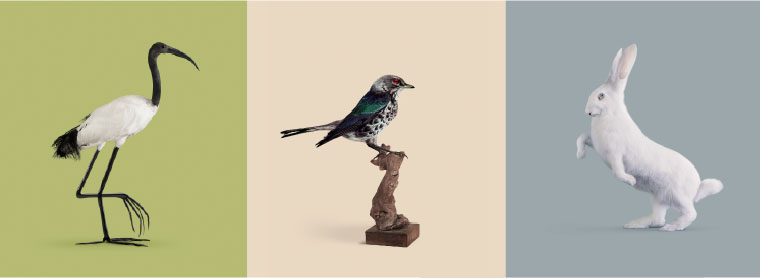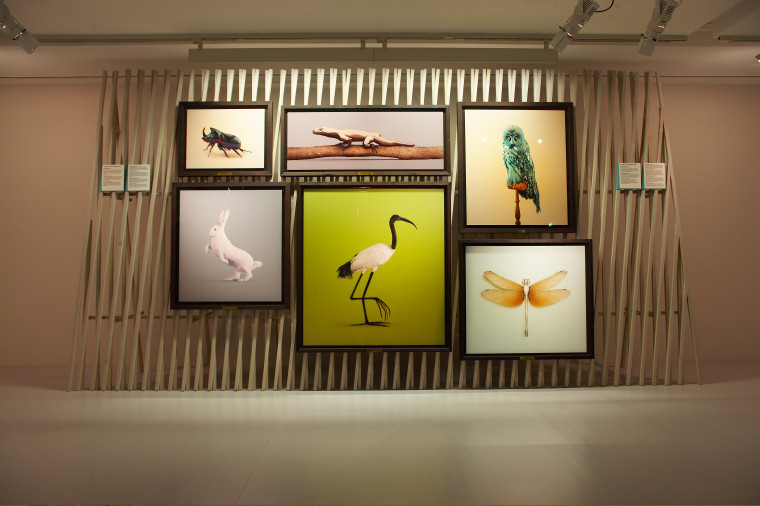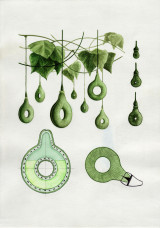To document a future synthetic world
Post Natural History

Vincent Fournier
The Post Natural History project is an encyclopedic archive caught between memory and an imagined future, where different living species are modified to better fit our environment as well as to adapt to new human desires.
At the beginning of the twenty-first century, genetic modification has taken two new paths.
The first is synthetic biology, which combines biology with engineering. The second is tissue engineering and the reprogramming of stem cells, which leads to the production of new cells, new fabrics and new bodies. Living species emerging from synthetic biology can also integrate new DNA sequences with artificial elements (metals or electronics). They have new properties to better adapt to our changed environments affected by climate change. They can respond better to drought, diseases and predators.

These ‘neo-beings’ can continuously evolve to better adapt to different environments
These new synthetic living organisms show unimagined opportunities and performance – better acuity or vision, increased breathing capacity, longer life expectancy … These ‘neo-beings’ can continuously evolve to better adapt to different environments.
The Post Natural History collection reports on these two lines of pioneering research by the creation of these synthetics bodies, improved or enhanced. Here, the border between the living and the artificial is questioned. Each photographic portrait is accompanied by a short scientific explanation. Courtesy of Acte2 Galerie and with thanks to the Laboratoire Janvier, Paris.


